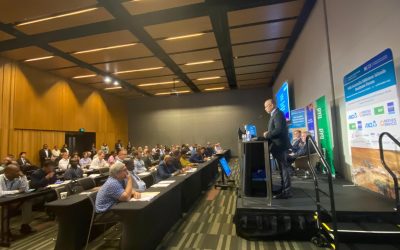The Pacific Islands region is projected to experience economic growth of 3.3 per cent in 2024 and 4.0 per cent in 2025, according to the Asian Development Bank’s (ADB) latest Pacific Economic Monitor report. The main drivers of this positive forecast include a rebound in resource extraction, particularly in Papua New Guinea, and increased activity in tourism-dependent economies. Additionally, public infrastructure projects across the Pacific are playing a significant role in fuelling economic recovery.
The recovery comes at a time when many Pacific economies are still grappling with the lingering effects of the COVID-19 pandemic. The return of international visitors to countries like Fiji, Samoa, and the Cook Islands has helped stabilise their economies, while major projects in sectors such as construction and renewable energy are expected to further stimulate growth.
However, the ADB cautions that despite this optimistic outlook, the region remains vulnerable to a range of external and internal challenges. Labour shortages, constrained fiscal spaces, and high exposure to climate change-related risks present significant downside threats. Pacific nations continue to face unique vulnerabilities due to their small population sizes, reliance on imports, and geographic isolation, which complicate efforts to achieve sustained, long-term growth.
Building resilience is therefore a critical priority. The ADB emphasises that Pacific Island nations must invest in climate adaptation and disaster resilience. The region is highly susceptible to extreme weather events, such as cyclones and rising sea levels, which have devastating impacts on agriculture, infrastructure, and communities. For instance, recent storms in Tonga and the Solomon Islands have underscored the urgent need for more robust infrastructure to mitigate future damage.
In response to these risks, Pacific governments, with support from international development organizations, are working to bolster climate resilience through various initiatives. In countries like Samoa, Tonga, and the Cook Islands, efforts are underway to enhance the resilience of public infrastructure, including transport systems, water resources, and energy supplies, to better withstand natural disasters.
The ADB report also discusses public financial management as an essential tool for resilience. Managing debt sustainability and improving fiscal policies will be key to ensuring that Pacific nations can continue to invest in growth sectors while protecting themselves from economic shocks. Countries such as Papua New Guinea and Fiji have made strides in managing their public finances, but challenges remain in areas such as labor market development and controlling the rising cost of living in smaller nations like Tuvalu and Kiribati.
For Australian businesses, these projections of growth, paired with the need for resilience, highlight opportunities in infrastructure development, renewable energy, and climate adaptation. Australian firms with expertise in these areas are well-positioned to collaborate with Pacific governments and organisations like the ADB to help the region build a sustainable and resilient future.



